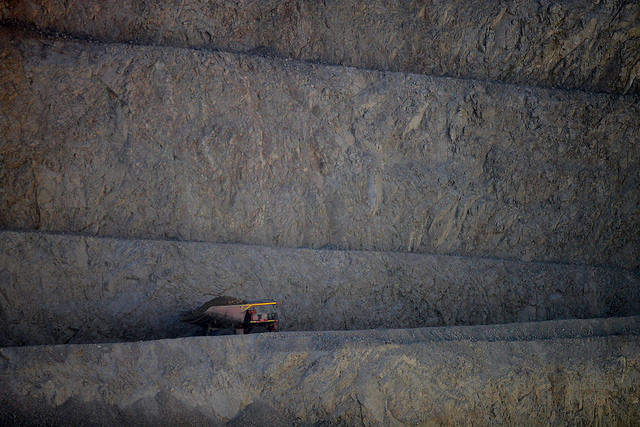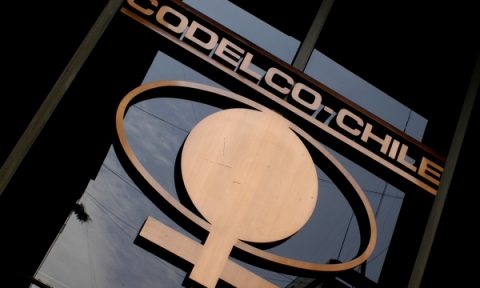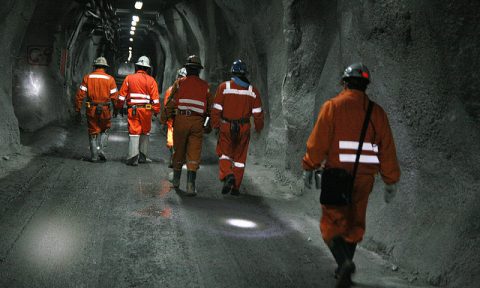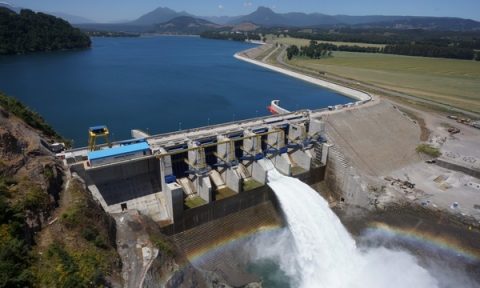Mining royalty revenue falls to its lowest level since 2010

Decline in copper prices combined with a considerable increase in production costs would explain these lower profits for the Treasury.
In 2013 the revenue from the specific tax on mining or mining royalty, fell 33% from 2012. Thus transferred from the Treasury to receive U.S. $ 926 million in 2012 to $ 615 million last year. With this, the amount collected fell to its lowest level since 2010, a period in which $ 335 million was reached, according to data published by the Internal Revenue Service (SII).
The CEO of the Mining Council, Joaquín Villarino said that the decline was due to increased costs in the mining industry, coupled with lower copper prices. In 2013, metal prices averaged U.S. $ 3.32 per pound, versus an average value of U.S. $ 3.6 in 2012.’s. Prices fell 7.85%, and the effect was the declining profits of mining companies of 44%.
This, counting Codelco, whose results fell 49.4% due to the high base of comparison which was the year 2012, when the state company recorded extraordinary gains from the purchase of a percentage Anglo American Sur at a price far below the market value. But discounting the results, the last line of the industry decreased 18.8% in 2013.
The mining sector is one of the areas that deliver the greatest contribution by first category tax to the State, in addition to payment of this particular tax. The royalty is applied since 2005 to large companies in order to charge for the extraction of a resource that is depleted and generating high profits for the industry.
Higher costs
The domestic mining industry, a while ago, faces a complex scenario in terms of cost increases, which is syndicated in mining as the most worrying factor from the point of view of competitiveness and results. Falling ore grades-amount of mineral that can be extracted per ton of earth moved-has been a key ingredient in higher costs, to which is added to a more expensive hand work. The remuneration of the sector in the past seven years grew about 65%, according to industry data. To this are added the increases in the price of the product supply shortages and increased prices of energy services providers.
For example, between 2003 and 2012, the costs of investment in projects increased from U.S. $ 4,515 to U.S. $ 20,523 per ton of copper, that is, 4.5 times, due to higher costs of equipment and engineering services and construction.
The fall in labor productivity in the industry has also affected because, depending on the method of calculation, it is estimated between 26% and 40% in the past seven years, even considering that salaries have increased.
A study made by the Mining Council says the $ 51 billion generated by the mining sector because of sales, $ 28 billion was used to pay for services, energy, machinery and wages. Namely costs took 56% of the income obtained by mining companies.
Source: El Mercurio











